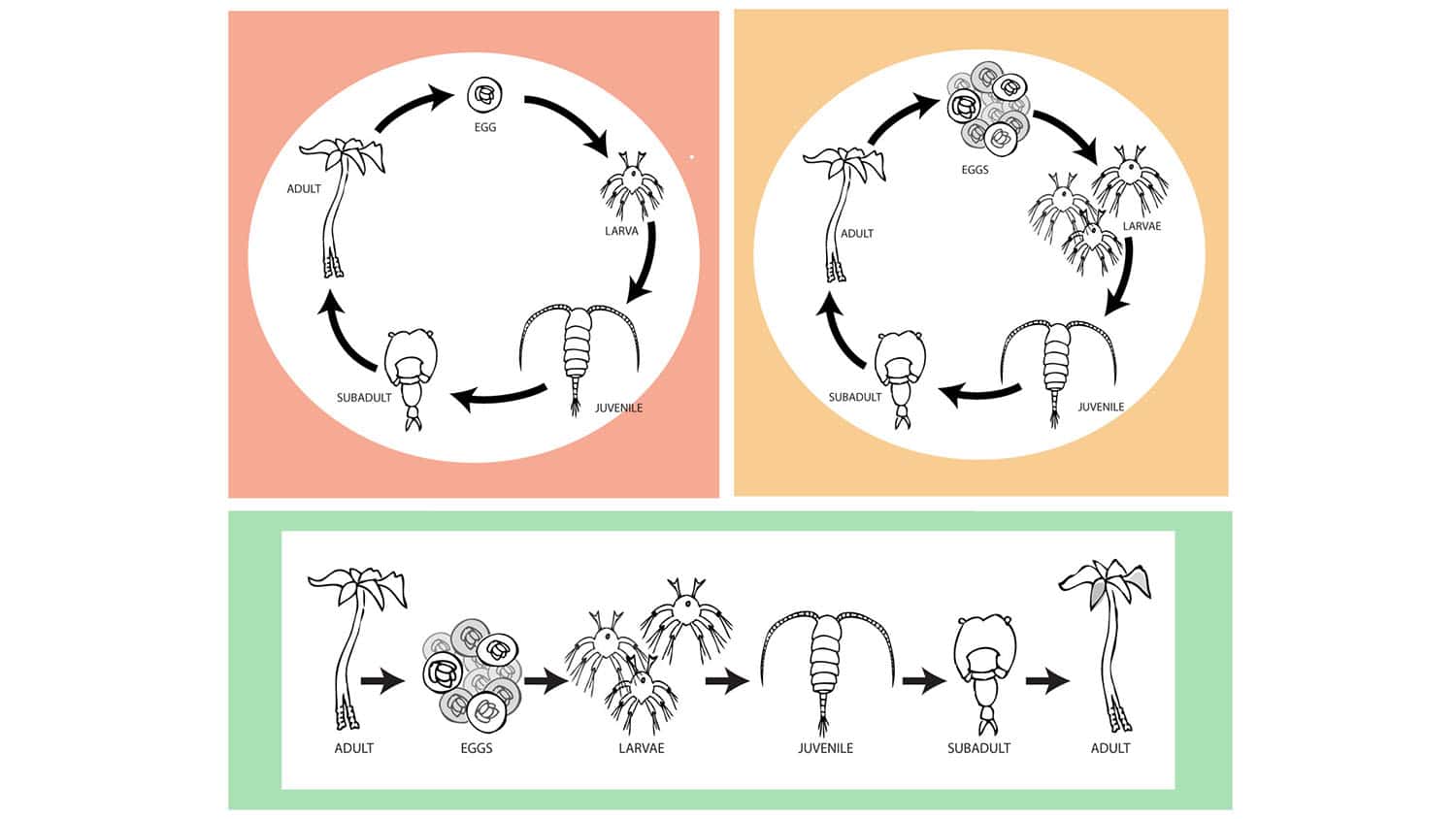Numbers Game: NC State Research Gives New Look to Election Statistics
As the nation watched the results of the 2008 election roll in, political devotees were faced with a host of graphs and charts reflecting polling data from around the country. Now political aficionados have a new way to dissect election statistics, thanks to a North Carolina State University computer scientist.
The visualizations created by Dr. Christopher Healey, associate professor of computer science, go beyond the graphics offered by news outlets like CNN and Fox News. His political graphics show many pieces of electoral information at once, allowing political junkies to get nuanced views of national and state races.
He plans to post new political maps on his Web site reflecting the data from the Nov. 4 election, when voters elected Sen. Barack Obama to be the next president.
Healey got the idea for the political visualizations after the midterm elections of 2006. He noticed that the media seemed to identify all states as being either “red states” or “blue states,” and he wanted to devise a way to disprove this idea. The graphics he produced showed the political leanings of most states were far more complex than the way they were presented in the media.
“There is this idea that all states will vote either Democratic or Republican regardless of the election,” Healey said. “The visualizations we came up with showed that voters are far more sophisticated than this, and take many different factors into account when deciding who to vote for.”
Healey’s maps divide each state or congressional district into four different sections, which use varying shades of blue and red to indicate the margin of victory in congressional, gubernatorial and presidential elections. For example, if North Carolina voters elected a Democratic governor in a landslide, but preferred a Republican candidate for president, the varying colors would reflect that.
“The maps used by news networks only reflect one piece of information, because there isn’t a lot of opportunity to explain the maps,” Healey said. “Viewers have to be able to understand the map in the time that it is on screen. Since people have more time to look at our maps, we can pack about five or six times the information into our maps.”
The map also uses three-dimensional images to reflect the number of Electoral College votes the state receives, with the more populous states appearing “taller” on the map. Healey said this was necessary because most Electoral College maps show a large amount of red states with only a few blue states, as Republicans often win lots of states with smaller populations. This can be misleading if the map doesn’t indicate the state’s number of Electoral College votes, as Healey’s map does.


